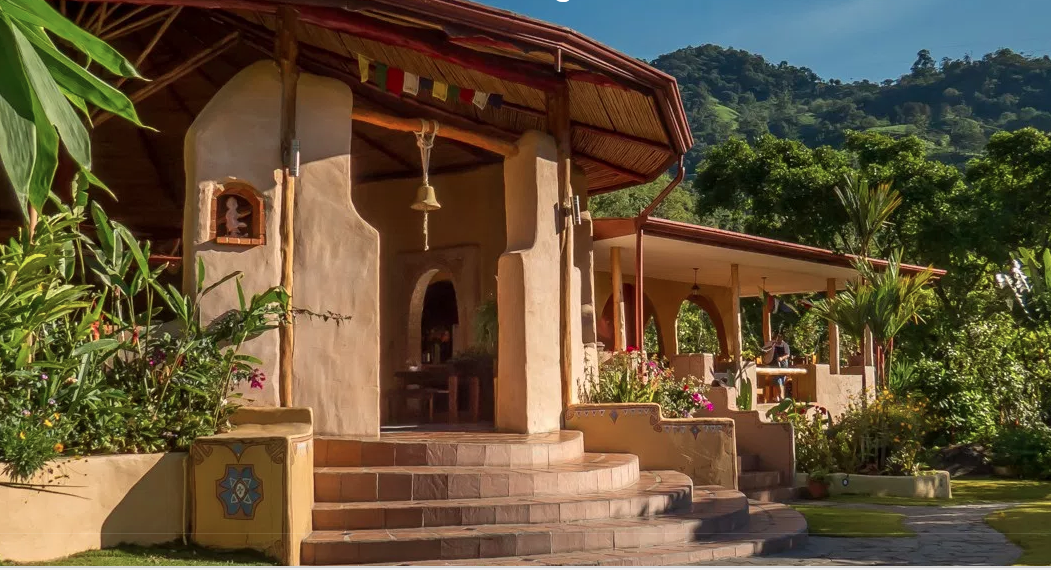
A retreat at Costa Rica’s Rio Chirripo Lodge left me nourished inside and out.
For most people, especially women, going on vacation means not only a break from work and family responsibilities but a respite from cooking. The simple act of feeding yourself and others is hard, and like other necessary self-care practices (good sleep, physical movement, etc.) often falls by the wayside. Even the most avid home (or professional) chef needs some time out of the kitchen every now and again, especially when one gets into the inevitable menu rut. But being in a different place, with different people, and presented with foods and flavors that may not be in one’s normal rotation can do a world of good for one’s digestion, palate, and inspiration.
What does it mean, though, when you go on vacation and all you want to do is get in the kitchen with the staff? This is what I experienced on a recent trip to Costa Rica, my first time traveling out of the country alone, for a week-long yoga retreat at the beautiful Rio Chirripo Lodge. Nestled high in the mountains (elevation 3,700 feet) and surrounded by dense jungle, the retreat center is nothing short of a real-life oasis. I woke in the morning to blue skies and just-warm-enough sunshine, and by afternoon, clouds would descend to blanket the forest with moisture that was just as nourishing to me as it was to the ecosystem. Twice daily asana practice and (intense) morning hikes left our small group energized and always excited for our next meal—though I’m confident we would have been anyway given how truly delicious and creative their first all-vegan retreat menu was.
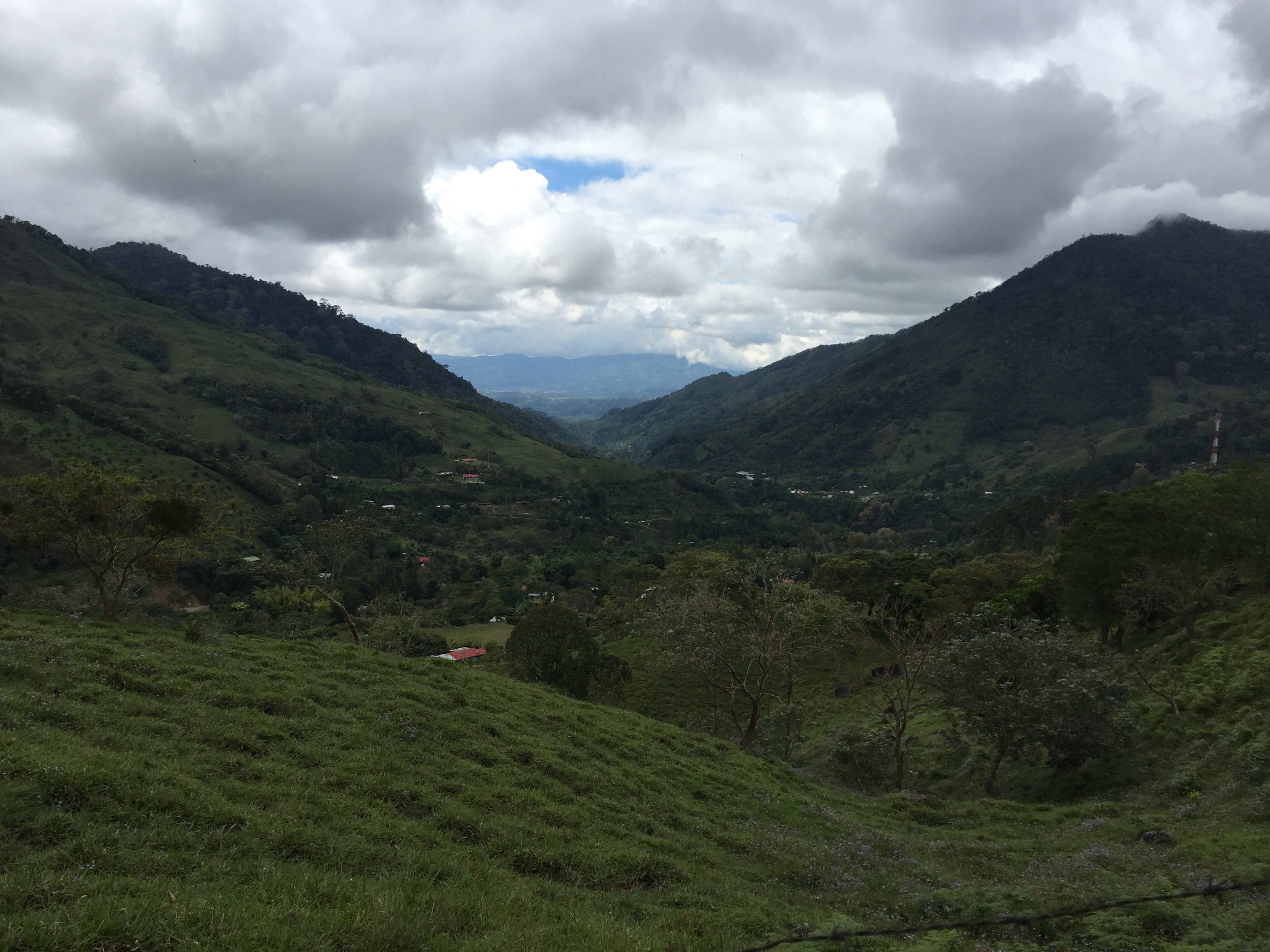
In the cloud forest, everything is interconnected.
Three times a day (there was no snacking, a big change from my normal routine), we’d sit down together to enjoy dishes of fresh fruit and slices of warm-from-the-oven bread; glasses of homemade juices and infused water, made with just one or two fruits, and usually ones we don’t have here in the US; plus a rotating exploration of international cuisines ranging from sushi to French to traditional Costa Rican (these weren’t your normal rice and beans). The cooks were humble about their miraculous concoctions, shying away from giving us recipes (we were all foodies to a degree) because they didn’t have them—they just cooked by instinct, substituting when needed, and being wholly in tune with how the foods guided themselves to be combined.
Enjoying these vegan feasts, and being among other yogic-minded women, brought up many meaningful conversations about the heart of yoga and veganism: being present for what is, and honoring the divine worth inside all beings—from the person sitting next to you to the butterfly that lands on your hat to the slice of papaya that came from a tree and entered your body and all of its cells. So while I left my holiday feeling revived and motivated to try some new poses and recipes, I came away with a much deeper understanding of what it means to not just follow a vegan lifestyle or diet–but to be vegan in multiple senses.
- Cook with love: A friend of mine (Juhea, PD E-I-C) once told me that salads aren’t made with love in NYC and that’s why they’re so unsatisfying. Think about it: the ingredients are left in those sad metal trays all day long, on display like animals at the zoo, then chopped to death with a machete-like instrument and sealed up in a plastic cage. All for a cool $15 plus tax. No wonder it’s hard to feel good even when you try to eat healthy on the go! At Rio Chirripo, we had salads with lunch, but they were handled with just the right touch that each bite felt like a hug. Fresh greens were unadulterated, gently tossed with thinly sliced add-ins, and served with homemade dressing. So when I cautiously took a bite of a fresh kale salad, which normally gives me stomach cramps for days, my belly stayed happy. Because the food was prepared mindfully and with a just-enough attitude, it wasn’t met with resistance in the body. It wasn’t trying to be something it wasn’t—like imitation meats and dairy products that can cause havoc for new vegans’ systems—but was loved for what it was.
- Eat with presence: Most of the time I eat while reading something—a magazine, my phone, emails, manuscripts…My mind and digestion do double duty because I tell myself I’m just too busy to take 15 minutes to chew and swallow a bowl of food. Of course mealtimes on any vacation lack that need to “keep up,” but I admit that I got a bit too used to leisurely meals to completely let it go back home. I may not have an hour for every meal or a beautiful mountain view beside my table, but I can take a moment to honor the source of my food—the plant life as well as the people who worked together to bring it to me, including myself who prepared it. In acknowledging the interconnectedness of our food supply while we eat, we are able to more fully digest what went into it, on a biological and spiritual level.
- Sustainability: One third of all the food produced for people around the world ultimately gets trashed—a huge waste of resources, time, and human capital. This is partly a biproduct of our convenience mentality; because food is so readily available, it seems more disposable than it did decades ago or in different parts of the world. Costa Rica isn’t lacking in abundance of food, but the people there still practice a highly sustainable lifestyle. The country will be, in fact, the first in the whole world to be 100% carbon neutral by 2021! We saw that first-hand in our meals, where ingredients from one dish (if there were leftovers, that is) would show up in another, but wholly transformed: Italian-style polenta rounds at dinner returned in sweet and sticky breakfast bars, leftover tamarind and papaya water became the star of a vegan carrot cake bread, and hearts of palm first decorated a light salad before being rolled up in vegan sushi.
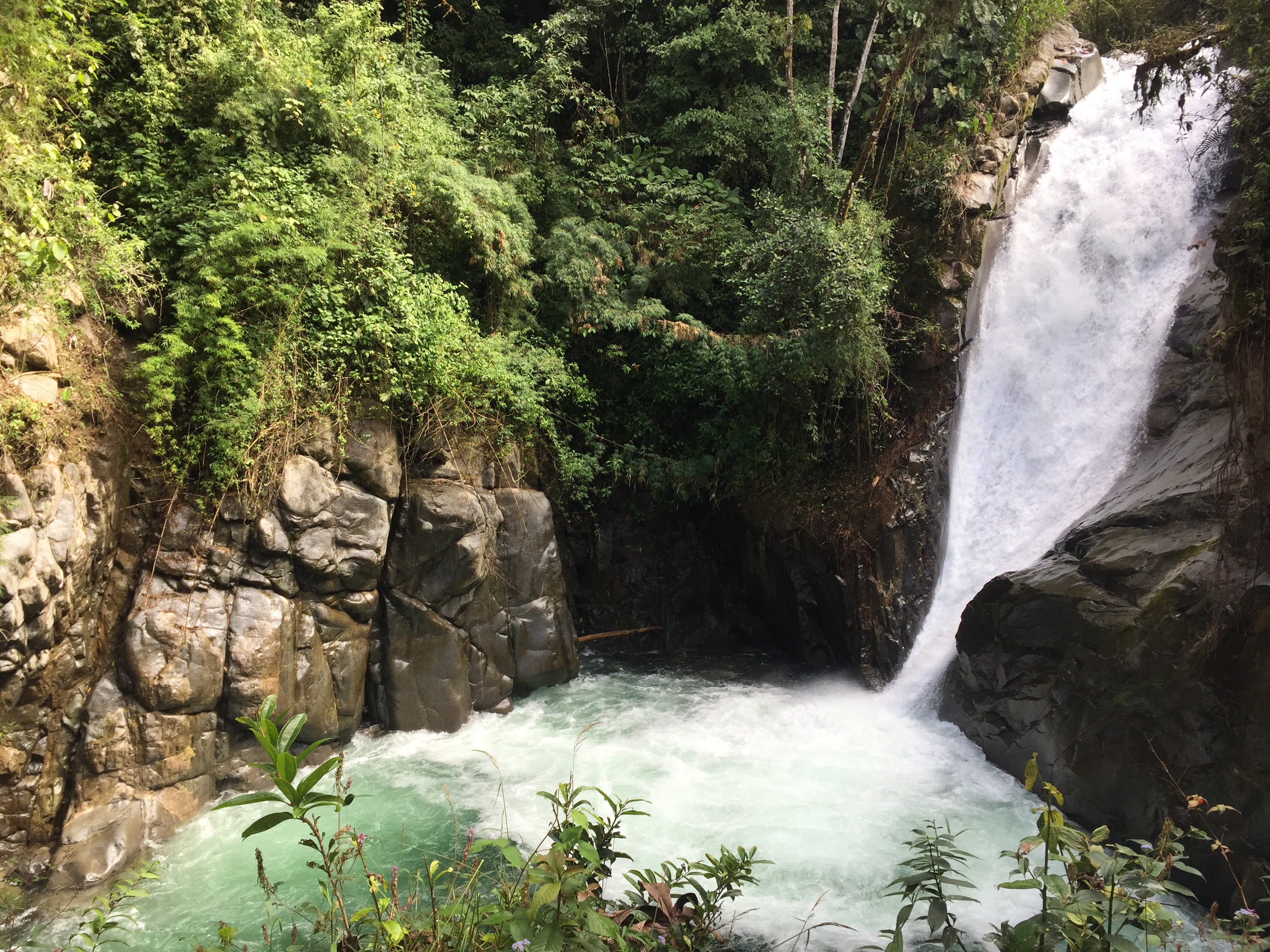
- Honor change: Heading to the retreat, I admit I was a bit nervous because I’d been dealing with a sensitive stomach for several weeks. Trying desperately to achieve relief, I followed a strict Ayurvedic diet for my dosha involving warming, sweet, grounding foods. It helped, but I wasn’t cured—something else was aggravating me other than my food. On the first morning when a platter of papaya and pineapple was presented, I panicked: these fruits weren’t at all good for me, how would I eat the next six days…? Eventually, I let go and just went with the flow—and my body responded beautifully. Eating according to the seasons keeps us in harmony with the earth, which sometimes means choosing foods you normally wouldn’t (like tropical fruits) or choosing to not buy things that are local (like blueberries in January in the northeast). When I let go of my idea that I had to eat a certain way and embraced my environment, there were no more internal obstacles to health. That kind of adaptability is key to veganism’s success in the 21st century, for without it we’d not be able to see beyond the traditional meals and foods we Americans were perhaps raised with.
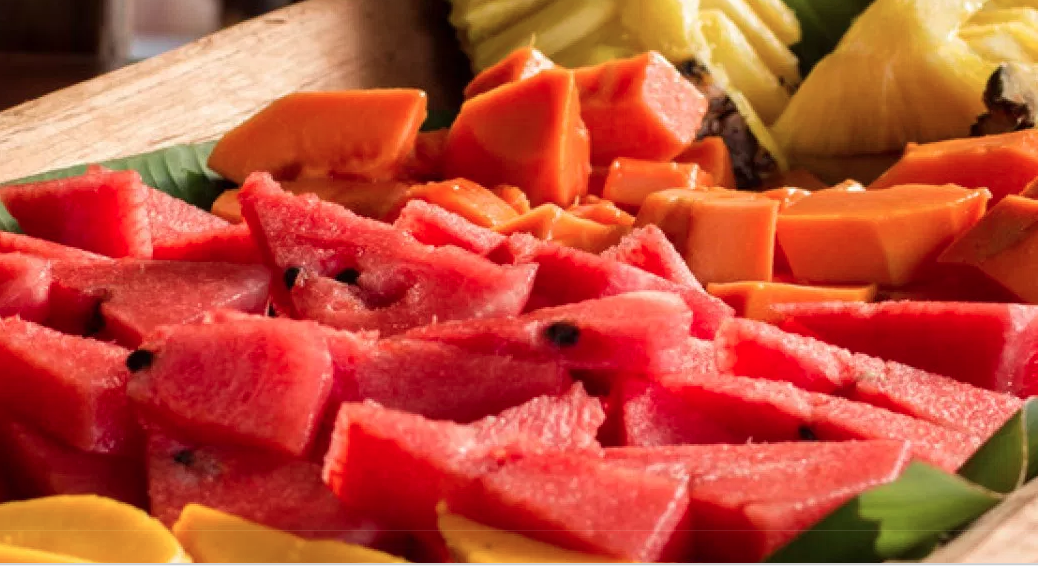
Tropical fruits went from off-limits to a big YES.
- Beyond food: Colin Beavan’s No Impact Man made its rounds through a few of us during the retreat and was the source behind much of our discussion of how to live more sustainably and intentionally. The book chronicles a man’s attempt to live with no environmental impact, in NYC with a wife, baby girl, and dog. No easy feat! Along the way, he stumbles frequently, and the guilt many of us feel that we can never do enough and be truly no impact fades away, replaced by an initiative to offset negative impact with positive impact. This notion touches upon what we mean by a vegan lifestyle: beyond the food, and even beyond choosing cruelty-free clothing, shoes, and body products, being vegan is a mindset. It means considering yourself as part of a bigger network of beings; and though you may feel small and helpless at times, you still matter. Every decision you make to be kind, whether by volunteering to plant trees or supporting a local business or reusing a fabric bag at the grocery store to avoid plastic, matters.
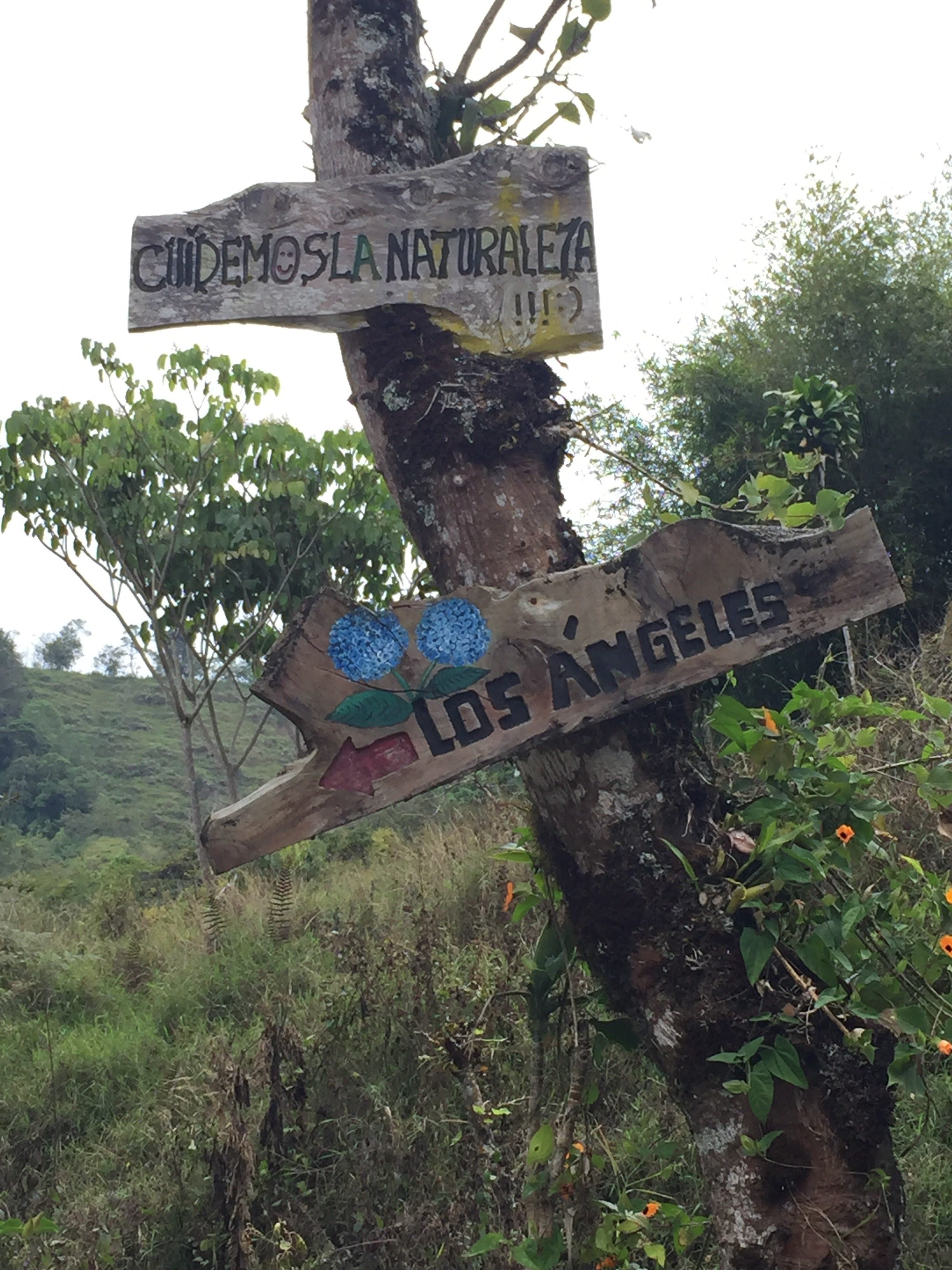
“Cuidemos la naturaleza”: Let’s take care of nature
Where have you been in the world to inspire your veganism? Share your story and photos on Facebook and Instagram!
Also by Jennifer: Chlorine Free Bleach Alternatives To Detox Your Home. Buh-Bye, Mold!
Related: 5 Reasons Costa Rica is a Vegan Travel Destination
I Became A Yoga Teacher, Health Coach & World Traveler—All Thanks To My Divorce
Get more like this—Subscribe to our daily inspirational newsletter for exclusive content!
__
Photos: RioChirripo.com; Jennifer Kurdyla




